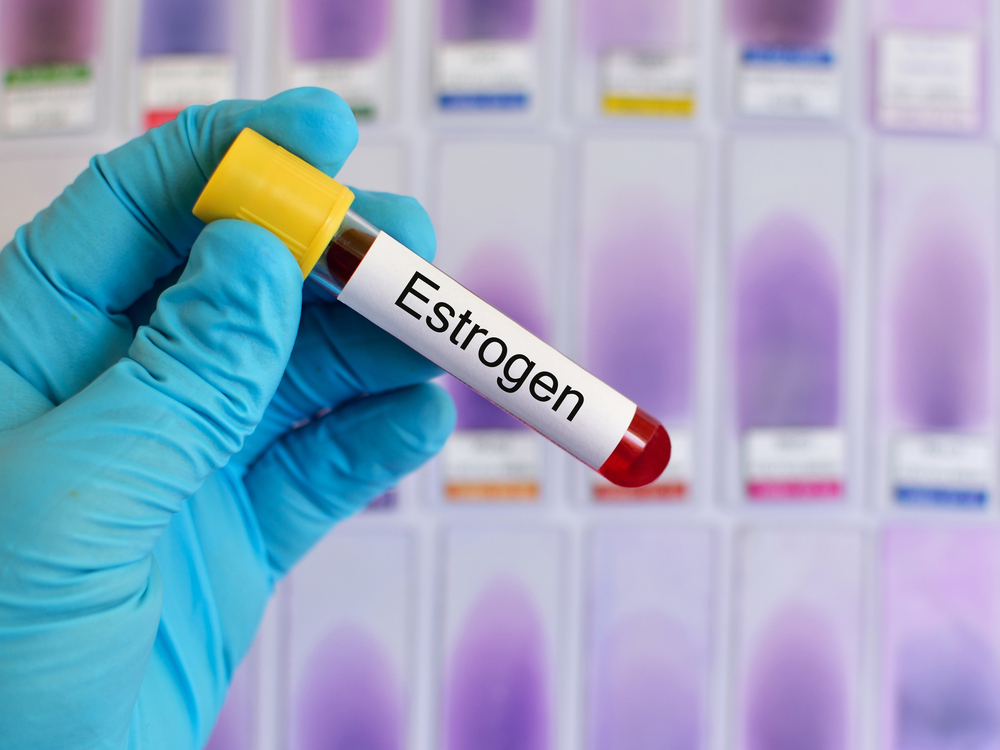SLE Pathology and the Role of the Female Hormone Estrogen Spotlighted

The role of the female hormone estrogen in two predominantly female autoimmune diseases — multiple sclerosis and systemic lupus erythematosus — is the focus of a recent review study, “The Immune System Is a Natural Target for Estrogen Action: Opposing Effects of Estrogen in Two Prototypical Autoimmune Diseases.” The study was published in the Frontiers in Immunology journal.
The immune system presents key sex differences that, despite its etiology, are still far from completely understood. Sex-specific hormones are advanced as one possible cause of these differences, together with X-chromosomes, the microbiome, and epigenetics. The immune system is known to be considerably more robust and responsive in women than in men. In fact, this is potentially the reason why women respond more aggressively to self-antigens, and therefore are more susceptible to autoimmune diseases.
Researchers reviewed and summarized the role of the female hormone estrogen, also known as 17β-estradiol, in the immune system and autoimmune diseases, including systemic lupus erythematosus (SLE). While in multiple sclerosis estrogen is suggested to carry a protective role, in systemic lupus erythematosus it has the opposite effect. With an exceedingly higher incidence in females than males (the female:male SLE susceptibility ratio is 9–20:1), studies conducted in both animal models and humans have suggested that estrogen enhanced disease severity and the occurrence of flares. Moreover, estrogen was found to increase the expression of autoantibodies and enhance reactivity to exogenous antigens, to promote inflammation, and to induce activation of interferon-stimulated genes.
The link between SLE and female hormones is further denoted by a study that showed over 50 percent of genes whose expression is altered during the hormone-controlled female menstrual cycle are also altered in SLE women.
Previous studies also suggested that it is the altered expression of the estrogen receptor (ER) in SLE patients that leads to its hyper-reactivity to estrogen. The team highlights that estrogen regulates the immune system via complex interactions with multiple signaling pathways, including estrogen receptor signaling, pro-inflammatory cytokines’ secretion by key cells of the immune system, increased pathogenic autoantibodies, and autoantigen presentation.
“Given spatial and temporal expression of ERs, it is important to have a comprehensive knowledge and evaluation of ER expression in a particular tissue before designing potential ER-targeted therapies. In relation to personalized medicine, with the advent of highly sensitive molecular arrays, metagenomics and bioinformatics, it is plausible to integrate these techniques to better predict the estrogen-mediated immunomodulatory effects in a disease-specific fashion,” the authors conclude in their review.





